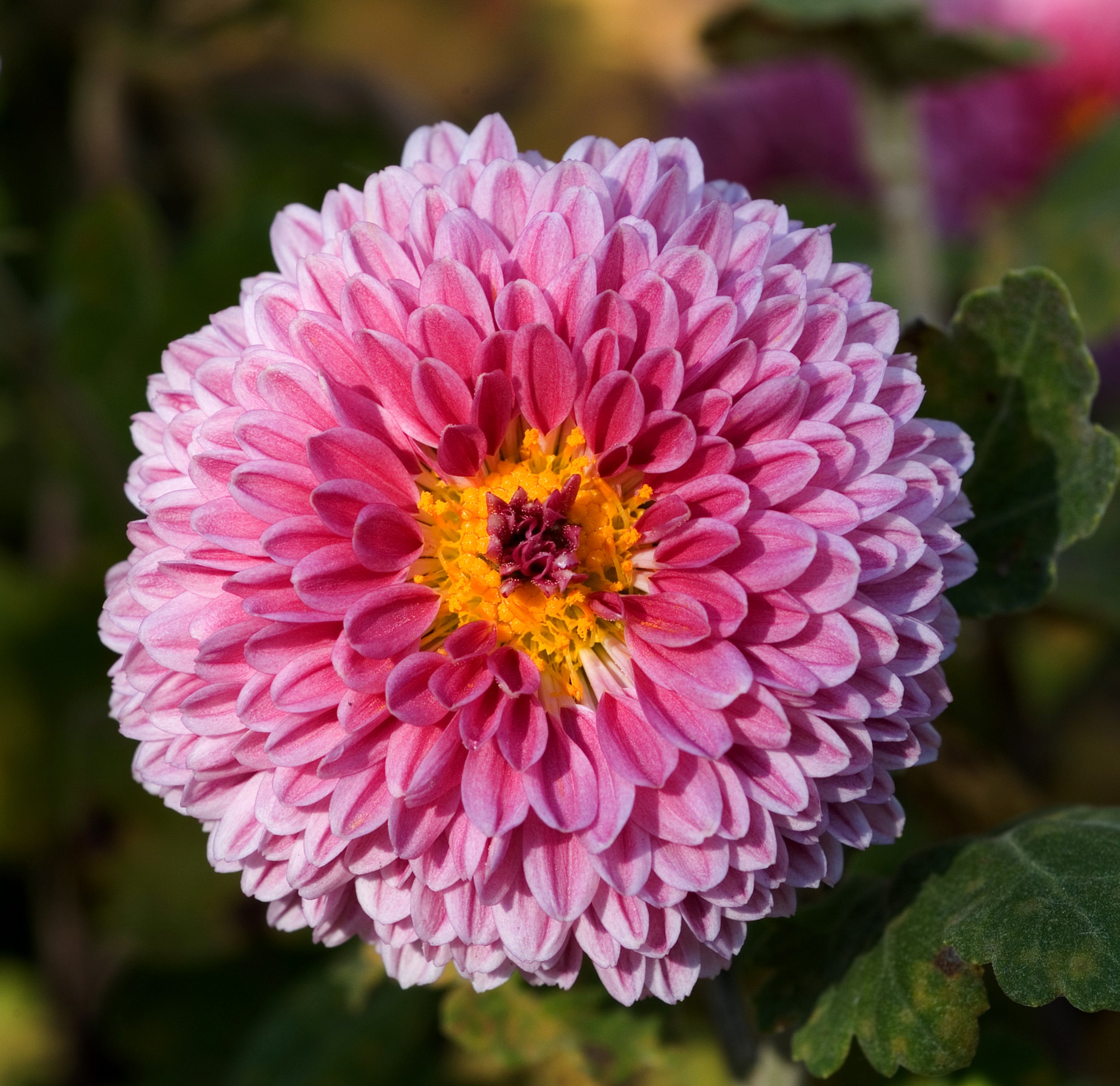Of all the flowers in the world, few have had such significance as the Chrysanthemum. Native to East Asia and North-eastern Europe, the cultural impact of this wide-blooming flower has been immense. Flowers like Roses and Chrysanthemums are seen as luxury flowers and a step above the garden variety. They hold a history beyond their green stems and pretty petals.
But how did the Chrysanthemum become associated with Imperial Royalty? What is the history of this seldom-talked-about flower?
Origin of the Chrysanthemum
The name "Chrysanthemum" is derived from the Ancient Greek Chrysos (meaning gold) and Anthemon (meaning flower). The Chrysanthemum comes from the same plant family as daisies or sunflowers. Chrysanthemums are hardly a flower to match roses for their beauty or importance.
Chrysanthemums were first cultivated in China as a herb in the 15th century BCE. They have seen uses as tea flavouring in some parts of East Asia. Others have used the flower in broths. Quite a humble background for such luxury flowers.
The flower eventually found its way to Japan through Chinese trade around the 5th century CE. At this point, the flower's true beauty and history begin.

Ornamental Luxury Flowers
The Chrysanthemum was used as an ornamental decoration. They can be bread in many different colours: purple, yellow, orange and white, to name a few.
Typically, Chrysanthemums are divided into two basic groups: Garden hardy and Exhibition. Garden hardy variants are those found outside, able to withstand northern latitudes. Meanwhile, exhibition varieties are not so resilient.
Unlike other luxury flowers, Exhibition Chrysanthemums tend to be prettier but far more delicate than their outdoorsy counterparts. They can be bred to display exquisite designs. These blooms grow into incredible spirals and usually feature in topiary or bonsai designs.

From Simple Weed to Symbol of Japan
Around the 10th century CE, the Japanese began using the Chrysanthemum as a theme of Waka (Traditional Japanese poetry). The most notable of these poems was Kokin Wakashū, a Japanese poetry anthology. Much like the Chrysanthemum, these poems also included classical Chinese poems. Influences between nations always find ways to link with each other.
In the 12th Century, Emperor Go-Toba adopted the Chrysanthemum as the imperial family Crest. This event made Chrysanthemums truly Luxury flowers, but in a far more humble way. The flower became associated with Autumn in Japan and imperial grace.
To this day, the Chrysanthemum Throne is still the official name of the Japanese Royal institution. The Supreme Order of the Chrysanthemum is a Japanese honour awarded by the emperor on the advice of the Japanese government. In Imperial Japan, small arms like pistols and low-calibre rifles were even stamped with the Imperial sigil, a Chrysanthemum. The stamp was to mark them as belonging personally to the emperor.

Chrysanthemums around the World
While Asia has cornered the market on these luxury flowers, the rest of the world also has a lot of respect for Chrysanthemums.
They feature in Italian composer Giacomo Puccini's Crisantemi from 1890, in memory of his dead friend. Chrysanthemums are used as death anniversary flowers in Italy and other European nations. The flowering period for Chrysanthemums is between October and November and coincides with Catholic traditions of relative remembrance. For example, In Poland, Chrysanthemums are used as anniversary flowers and laid on the graves of loved ones during All Saints and All Souls' Day.
In Iran, Chrysanthemums are associated with the Zoroastrian spiritual being Ashi Vanghuhi, an angel representing good blessings. Thus, these flowers can even be used as wedding flowers.
Australia further uses Chrysanthemums as a Mother's Day present. Many cities and towns worldwide use these eternal roses as their official flower.
Making a Difference Every Day
Luxury flowers like Chrysanthemums have many meanings and purposes. Chrysanthemums have an almost mystical essence to them. They're used as cemetery flowers around the world or represent an ancient line of Japanese Royalty.
The longevity and unbroken cycle of these flowers are shown in how they go dormant in winter, only to re-sprout in spring, a constant cycle. This rejuvenation is so core to the message of environmentalism that we focus on here at Amaranté.


